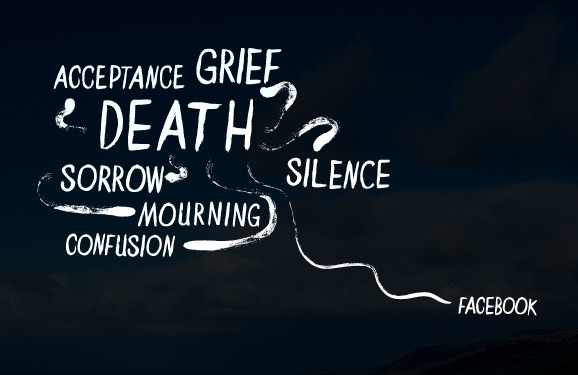
I’d like to start off with an admittedly grandpa-sounding critique of a piece of technology in my house: My coffee maker’s status lights are too bright. My dad got it for my partner and I this past Christmas and we threw-out-the-box-immediately-wanna-keep it, but the thing has a lighthouse attached to it. We live in a relatively small (and very old) place and our bedroom is a small room right off the kitchen. The first night we had the coffee maker I thought we had forgotten to turn off the TV. We don’t really need alarm clocks anymore either, because when it finishes brewing it beeps like a smoke detector. Again, we love the coffee maker (Dad, seriously we love it.) but sometimes it feels like wearing a shoe that was designed for someone with six toes. more...










